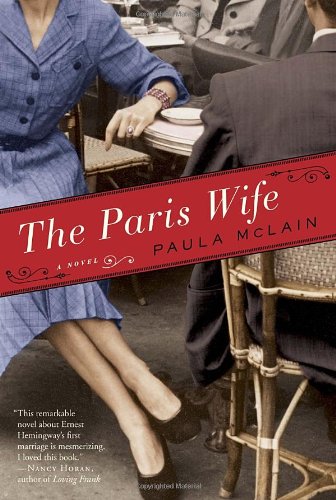The Paris Wife
Post-World War I, life is grand, and a new breed of writers is just beginning to connect to the muse of creativity that will result in the majority of the 20th century’s greatest novels. For now, though, it seems the world has ended, and the remaining ghosts will grasp every possible experience as only survivors can. Coming from families where mothers are domineering, belittling, and destructive forces, Ernest Hemingway and Hadley Richardson are seeking fulfillment from emptiness and despair. Initially leery of misinterpreting the other person’s interest, they eventually marry after a courtship where neither holds back anything.
Their most daring move to Paris follows; this is where Hemingway plans to write, write, and talk about writing with the likes of Sherwood Anderson, Gertrude Stein, and F. Scott Fitzgerald. While each vow to totally trust and inspire the other, it often seems that Ernest is the spouse who needs more approval and affirmation from “Hash” or “Tatie.”
Their story is a delightful and tense journey from the highs of love, dependency and ascendancy to a gradual decline of those same qualities and ideals. But this is a story that has never been told in quite this way. Its essence fluctuates between nonstop tension comprised of loving intimacy and fearful depression consistently rearing its head in this turbulent relationship. Scenes in which advice is given or discussions are held about what new forms are being created in the fiction of the times are the peaceful counterparts to the other roller coaster-style scenes. Family, jealousy, callousness, success, and passion drive their marriage to a horrific demise but posthumous renown.
The Paris Wife is a lyrical novel that is beautifully written on every single page. Paula McLain is as talented as the writer and his wife depicted herein. Stunning!










